Related Research Articles

Charleston is the most populous city in the U.S. state of South Carolina, the county seat of Charleston County, and the principal city in the Charleston metropolitan area. The city lies just south of the geographical midpoint of South Carolina's coastline on Charleston Harbor, an inlet of the Atlantic Ocean formed by the confluence of the Ashley, Cooper, and Wando rivers. Charleston had a population of 150,227 at the 2020 census. The population of the Charleston metropolitan area, comprising Berkeley, Charleston, and Dorchester counties, was estimated to be 849,417 in 2023. It ranks as the third-most populous metropolitan statistical area in the state, and the 71st-most populous in the United States.

Bristol is a town in Bristol County, Rhode Island, United States, as well as the county seat. The population of Bristol was 22,493 at the 2020 census. It is a deep water seaport named after Bristol, England. Major industries include boat building and related marine industries, manufacturing, and tourism. The Bristol Warren Regional School District manages the unified school system for Bristol and the neighboring town of Warren. Prominent communities include Portuguese-Americans, mostly Azoreans, and Italian-Americans.

Bunce Island is an island in the Sierra Leone River. It is situated in Freetown Harbour, the estuary of the Rokel River and Port Loko Creek, about 20 miles upriver from Sierra Leone's capital city Freetown. The island measures about 1,650 feet by 350 feet and houses a castle that was built by the Royal Africa Company in c.1670. Tens of thousands of Africans were shipped from here to the North American colonies of South Carolina and Georgia to be forced into slavery, and are the ancestors of many African Americans of the United States.

The Charleston Museum is a museum located in the Wraggborough neighborhood in Charleston, South Carolina. It is the oldest museum in the United States. Its collection includes historic artifacts, natural history, decorative arts and two historic Charleston houses. It replaced the Old Charleston Museum that burned down due to unknown causes.
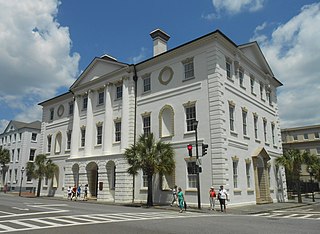
Charleston Library Society, founded in 1748, is a subscription library in Charleston, South Carolina.

Historic Charleston Foundation (HCF) was founded in 1947 to preserve and protect the integrity of the architectural, historical, and cultural heritage of Charleston, South Carolina, United States. The Foundation undertakes advocacy, participation in community planning, educational and volunteer programs, the preservation of historic places, research, and technical and financial assistance programs for the preservation of historic properties. Winslow Hastie has been the President & CEO of Historic Charleston Foundation since 2018.
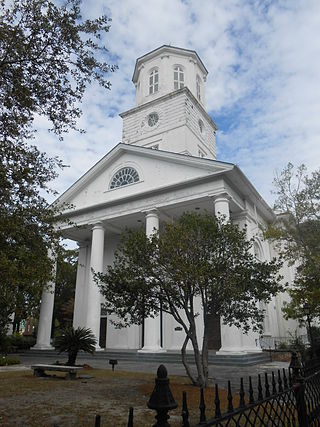
The Second Presbyterian Church is the fourth oldest church in Charleston, South Carolina.

The Robert Gibbes House in Charleston, South Carolina, was built in the Adamesque style at least by the time Robert Gibbes, Jr. was occupying it in 1819, perhaps earlier.

Peter Manigault was an attorney, plantation owner, slave owner, and colonial legislator native to Charleston, South Carolina. He was the wealthiest man in the British North American colonies at the time of his death and owned hundreds of slaves. He was the son-in-law of Joseph Wragg, the largest slave trader of North America in the 1730s.
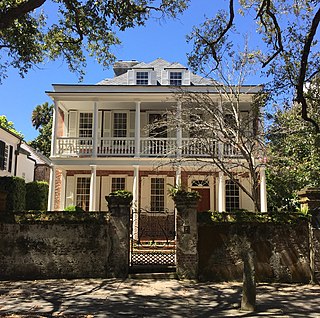
The George Eveleigh House is a pre-Revolutionary house in Charleston, South Carolina. The house was built about 1743 for trader George Eveleigh. Eventually, Eveleigh returned to England and sold his house to John Bull in 1759. John Bull or one of his heirs subsequently built the house at 34 Meeting Street on the rear of the property; the parcel had originally run from Church Street through the block to Meeting Street on the west. The house retains much of its original cypress woodwork although many of the fireplace mantels were replaced in the Adam period.
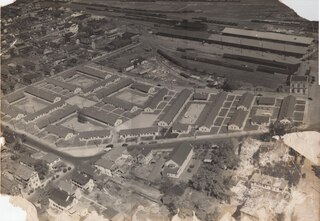
The Wragg Borough Homes is a public housing project in Charleston, South Carolina. It is bounded by Drake Street, Chapel Street, America and Elizabeth Streets, and South Street.

James Henry Ladson was an American politician, wealthy plantation owner from Charles Town and officer of the American Revolution. He served as the Lieutenant Governor of South Carolina from 1792 to 1794, and was a member of the South Carolina state Senate from 1800 to 1804.
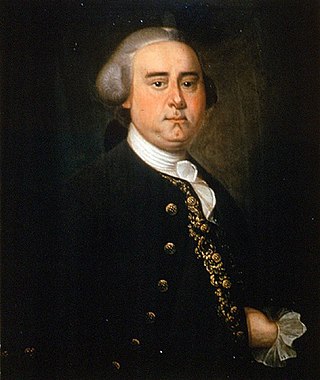
Benjamin Smith was an American slave trader, planter, shipowner, merchant, banker and politician who served as speaker of the South Carolina House of Assembly from 1755 to 1763.
James Henry Ladson (1795–1868) was an American planter and businessman from Charleston, South Carolina. He was the owner of James H. Ladson & Co., a major Charleston firm that was active in the rice and cotton business, and owned over 200 slaves. He was also the Danish Consul in South Carolina, a director of the State Bank and held numerous other business, church and civic offices. James H. Ladson was a strong proponent of slavery and especially the use of religion to maintain discipline among the slaves. He and other members of the Charleston planter and merchant elite played a key role in launching the American Civil War. Among Ladson's descendants is Ursula von der Leyen, who briefly lived under the alias Rose Ladson.
Joseph Wragg was a politician and slave trader in the Province of South Carolina. Born Chesterfield, Derbyshire, Wragg immigrated to the American colonies where he became a pioneer in the slave trade. During the 1730s, Wragg was the predominant slave trader in South Carolina. The neighborhood of Wraggborough in Charleston, South Carolina is named for him; and two city parks and seven streets in Charleston are named for him and his descendants.
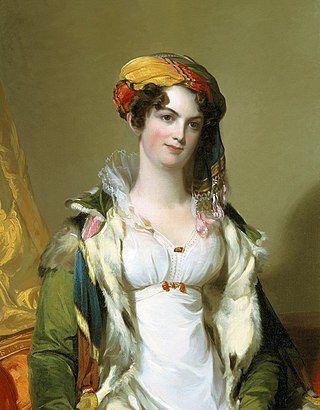
The Ladson family is an American family of English descent that belonged to the planter and merchant elite of Charleston, South Carolina from the late 17th century. The family were among the first handful of European settlers of the English colony of Carolina in the 1670s, where the family quickly became part of the American gentry. The Ladson were large plantation owners and wealthy merchants in Charleston, and owned hundreds of slaves until slavery was abolished in 1865. James Ladson served in the American Revolutionary War and became lieutenant-governor of South Carolina, while his son James H. Ladson was part of the Charleston oligarchy that was influential in launching the American Civil War. The President of the European Commission Ursula von der Leyen, who lived under the name Rose Ladson in her 20s, is a descendant of the family through her American great-grandmother.
Richard Edward Dereef was an African-American man and become a slave owner of forty African-American slaves, American lumber trader, and politician. A member of a wealthy family of mixed African and European descent, Dereef was a prominent member of South Carolinian society but was subject to discrimination due to his race. He was considered one of the wealthiest African-American men in Charleston, South Carolina and served as a city alderman during the Reconstruction era.
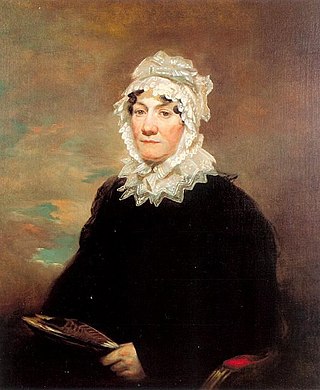
Judith Smith Ladson was an American heiress and socialite who served as the Second Lady of South Carolina. A member of the colonial planter class, she was the daughter of the slave trader Benjamin Smith and the wife of the politician James Ladson, who served as Lieutenant Governor of South Carolina. Through her marriage, she was a member of the Ladson family, one of Charleston's most prominent families.

Elizabeth Wragg Manigault was an American socialite who was prominent figure in Colonial South Carolinian society. She was the wife of Peter Manigault, who served as Speaker of the South Carolina House of Representatives and was one of the wealthiest people in British North America.
Hampstead Village is a neighborhood in Charleston, South Carolina in the US, also known as the Eastside or the East Side.